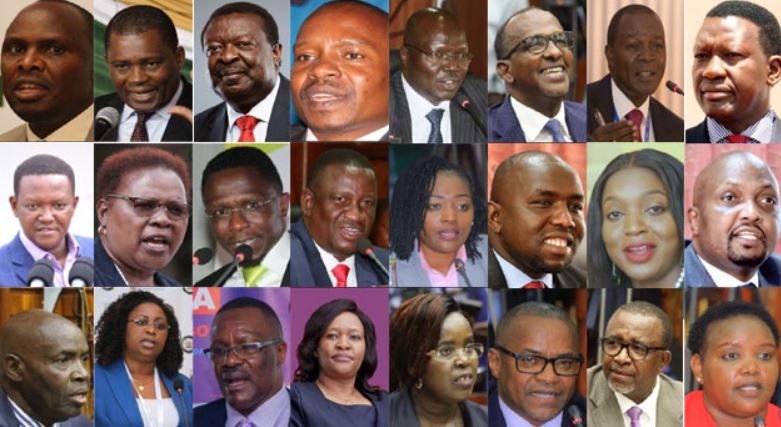
In recent years, Kenya has witnessed a significant transformation in the composition and financial transparency of its Cabinet. This article delves into the changing dynamics of Kenya’s political elite, exploring the transition from a “Cabinet of dollar millionaires” to a new era of financial disclosure and accountability.
The Era of Wealthy Cabinet Secretaries
Historically, Kenya’s Cabinet has been dominated by individuals with substantial personal wealth. Many Cabinet Secretaries (CSs) were known to be dollar millionaires, often coming from successful business backgrounds or having accumulated wealth through various means. This trend raised concerns about potential conflicts of interest and the representation of diverse economic backgrounds in the country’s top leadership.
The Push for Transparency
As Kenya continues to strengthen its democratic institutions, there has been a growing demand for greater transparency and accountability in government. This shift has led to new requirements for financial disclosure among public officials, including Cabinet Secretaries.
Key Changes in Financial Disclosure:
1. Wealth Declaration Forms:
Cabinet Secretaries are now required to submit detailed wealth declaration forms, providing a comprehensive overview of their assets, liabilities, and income sources.
2. Public Accessibility:
Unlike previous practices where such information was kept confidential, there is now a push for these declarations to be made public, allowing for greater scrutiny by citizens and watchdog organizations.
3. Regular Updates:
Officials are expected to update their financial declarations periodically, ensuring that any significant changes in their financial status are recorded and explained.
4. Verification Processes:
The Ethics and Anti-Corruption Commission (EACC) has been empowered to verify the accuracy of these declarations, adding an extra layer of accountability.
Impact on Cabinet Composition
The new focus on financial transparency has had several notable effects on the makeup of Kenya’s Cabinet:
1. Diversification of Backgrounds:
There is a noticeable trend towards appointing Cabinet Secretaries from more diverse professional and economic backgrounds, moving away from the predominance of wealthy business people.
2. Increased Scrutiny:
Potential appointees are now subject to more rigorous vetting processes, including detailed examinations of their financial histories and potential conflicts of interest.
3. Emphasis on Expertise:
There is a growing preference for appointing individuals based on their expertise and qualifications in specific sectors rather than their personal wealth or business success.
4. Public Perception:
The shift towards greater transparency has somewhat improved public perception of the Cabinet, though challenges remain in fully establishing trust.
Challenges and Controversies
Despite progress, the implementation of these new transparency measures has not been without challenges:
1. Resistance to Disclosure:
Some officials have shown reluctance to fully disclose their financial information, citing privacy concerns or complex business arrangements.
2. Verification Difficulties:
The EACC faces challenges in thoroughly verifying the accuracy of all declarations, given the complexity of some financial portfolios.
3. Public Skepticism:
There remains a degree of public skepticism about the completeness and truthfulness of some declarations, highlighting the need for robust verification processes.
4. Legal Challenges:
Some aspects of the disclosure requirements have faced legal challenges, with debates over the extent of information that should be made public.
Looking Ahead: The Future of Kenya’s Cabinet
As Kenya continues to evolve its governance structures, several trends and possibilities emerge for the future of its Cabinet:
1. Enhanced Vetting Processes:
We may see even more stringent vetting procedures for Cabinet appointees, potentially including independent financial audits.
2. Technology in Transparency:
The use of digital platforms for submitting and publishing financial declarations could increase, making the information more accessible to the public.
3. Performance-Based Assessments:
There could be a greater emphasis on evaluating Cabinet Secretaries based on their performance and achievement of key targets, rather than their personal wealth.
4. International Best Practices:
Kenya might look to adopt international best practices in government transparency, aligning with global standards for public officials’ financial disclosures.

Leave a Reply